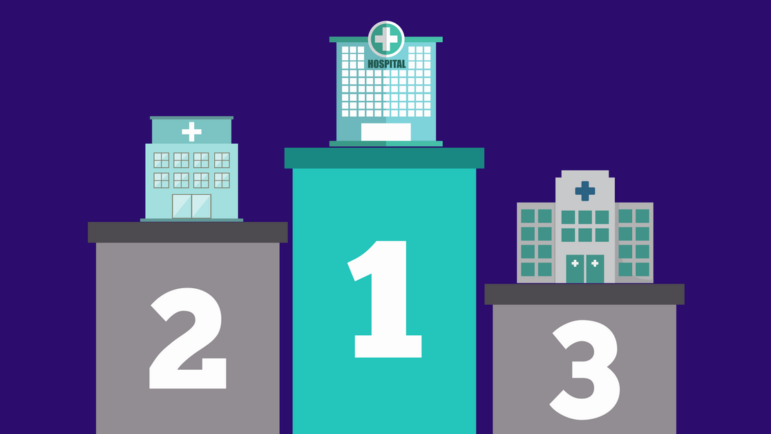Non-profit hospitals are required to allocate a certain amount of spending on benefits for their surrounding community, in order to maintain their non-profit status (and the significant tax breaks that come with it). However, what counts as community benefit spending is not well defined or measured — and hospitals have taken advantage of these discrepancies.
A new analysis by Modern Healthcare finds major issues in the way that community benefits are defined and reported. Part of the problem is that hospitals can count many types of spending as a community benefit, but not all of these are equally beneficial to community members. Community benefit spending can include charity care and financial assistance, Medicaid payment shortfall, workforce training and development, outreach and preventive programs, and research. The wide range of options is meant to provide flexibility for hospitals provide for their community’s specific needs. However, the vague requirements also allow hospitals to count self-serving or low-impact programs like health fairs and screenings as community benefit spending.
“Hospitals have had a nearly complete say over how they define that charitable benefit,” said Lown Institute senior vice president Shannon Brownlee, in the Reading Eagle.
The amount of community benefit spending and type of spending varies widely between non-profit hospitals. According to the Modern Healthcare analysis, hospitals’ community benefit spending as a proportion of total expenses is 8.2% on average, but ranges from 0% to 28.6% between individual hospitals. While some hospitals have developed coalitions with public institutions and community groups, to better understand how to make the biggest impact, many hospitals have no community partnerships at all.
Hospitals can display an impressive total for community benefit spending, but this number does not tell the whole story. Over the past few years, the share of benefit spending going to subsidized care for uninsured has decreased, while the share of community benefit for “Medicaid shortfall” (the difference between a hospital’s estimated cost of care for Medicaid patients and what they are paid) has increased. Are these really equivalent forms of community benefit spending?
“If private insurance discounts don’t count as community benefit, why should Medicaid discounts?” said Sara Rosenbaum, health law and policy professor at the George Washington University Milken Institute School of Public Health, quoted in Modern Healthcare, “I really don’t see why a payment discount is a community benefit.”
The IRS reporting rules for community benefits also allow some hospitals to obscure their actual level of spending. On Form 990, which hospitals use to report their community benefit, hospitals are not supposed to include extra revenue they may have received from Medicaid (a Medicaid “windfall,” if you will), which would negatively impact their net community benefit spending. This makes it look like hospitals are spending a lot on community benefits, when in fact they are profiting from extra Medicaid reimbursements.
Community groups have started to protest against large hospital systems like the University of Pittsburgh Medical Center and Sutter Health for taking millions in tax exemptions without sufficiently giving back to the community. As we learn more about how hospitals allocate their community benefit spending, it’s becoming clear that taking hospitals’ reported spending at face value is not enough to know whether they’re making a real, positive impact on community health.
